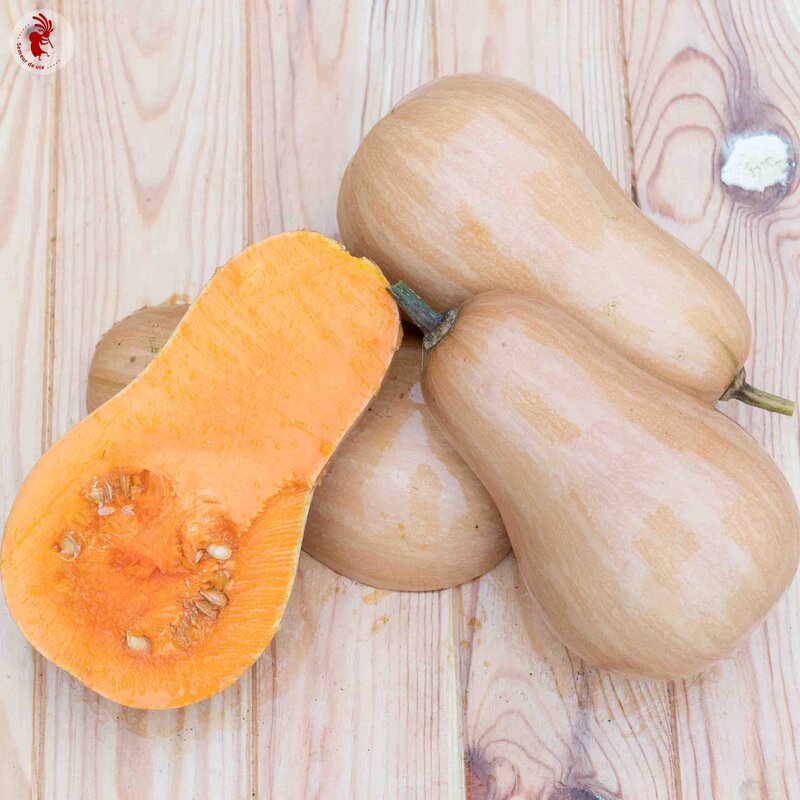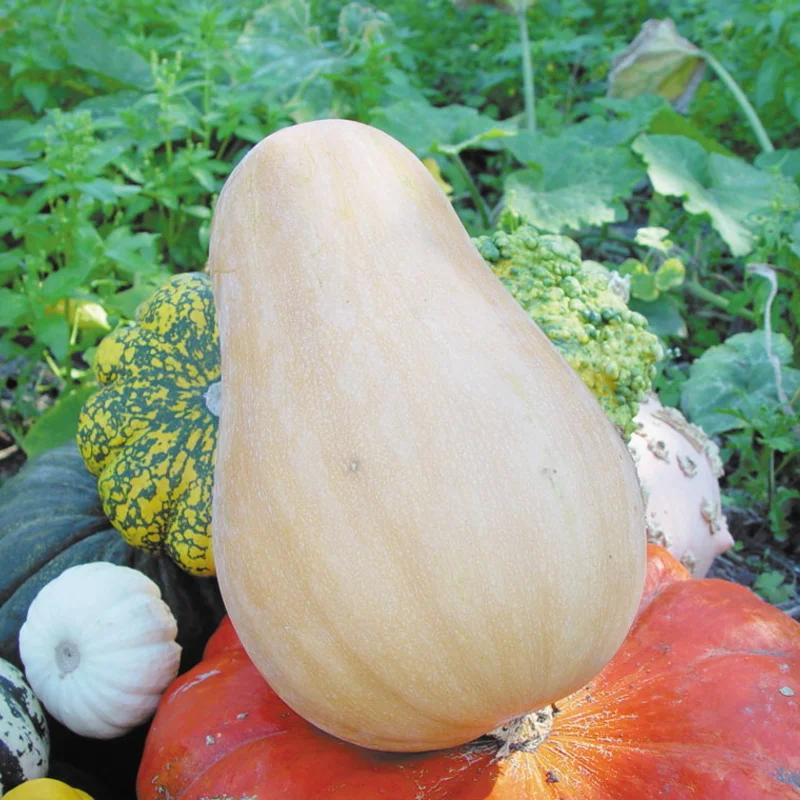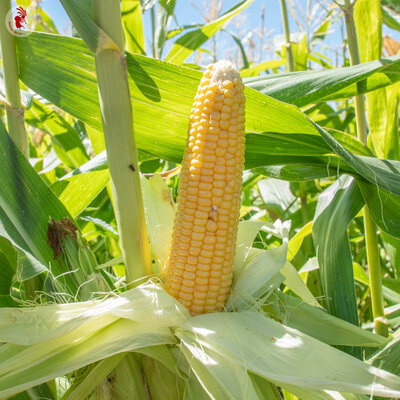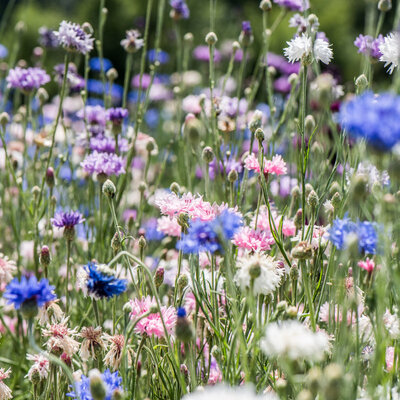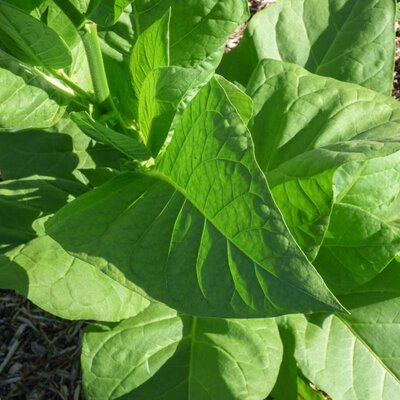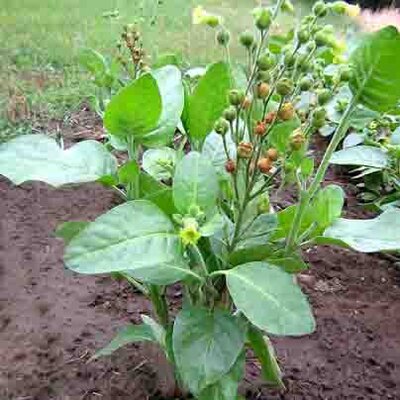Sucrine du Berry - Moschata squash
This ancient variety of squash produces 5 to 8 pear-shaped fruits up to 25 cm long and weighing up to 3 kg. They keep for 3 to 6 months. The dark green skin turns ochre when fully ripe, and encloses orange flesh with a sweet, musky flavor.
What are the characteristics of the Sucrine du Berry squash?
Sucrine du Berry or Sucrette du Berry squash, Cucurbita moschata, is a late-ripening variety of French origin. Its 15 to 25 cm fruits are pear-shaped, with green skin that turns ochre when ripe. Both the flowers and the sweet, fragrant orange flesh are delicious, adapting to all kinds of savory and sweet recipes: soup, velouté, purée, gratin, pie...
How to sow Sucrine du Berry squash seeds?
Sucrine du Berry squash can be sown from February to May in pots of 2 or 3 seeds, and from March to June in the ground.
Sowing in pots is done 2 to 3 weeks before transplanting. Be careful not to sow squash seeds too early in the season, in which case the roots will become fibrous, making growth difficult in the garden. Seeds should be kept moist and warm, at a temperature of between 18 and 20°C, until they emerge.
For direct sowing, wait until the last frosts have passed and choose a sunny spot. In the garden, prepare 2 weeks in advance holes filled with compost or organic matter, spaced 2 m apart in all directions, to accommodate Sucrine du Berry squash plants or seeds. To encourage taller growth and free up ground space, install sturdy supports when transplanting the seedlings.
What companion plants should I grow with Sucrine du Berry squash?
Sucrine du Berry squash goes very well with corn and beans, forming the "three sisters" or milpa crop. These complementary plants produce beneficial effects that benefit their neighbors. We also recommend planting basil between all types of squash to repel pests.
How to store Sucrine du Berry squash?
Sucrine du Berry squash is harvested between July and November, before the first frosts. Drying out of the stalks indicates that the fruit is ready to detach from the plant. Be careful not to tear off the squash, but cut as close as possible to the stem, 10 cm above the stalk.
This winter variety keeps for 4 to 6 months in a ventilated, dry place, at a temperature of between 10 and 12°C. Elevate squash on crates, well spaced out and tail up. They can also be frozen for up to a year, after slicing and cooking. Their musky orange flesh can be enjoyed in a variety of recipes. Its mild flavor goes perfectly with apples, pears and spices like cinnamon.
These products may also be of interest to you
in the ground, in bucket
Sow in pots at 18-20°C, 2 to 3 weeks before planting. Transplant with the root ball into the ground, after the last frosts, at a minimum distance of 2 m in all directions. To sow directly in the ground, sow after the last frosts, once the soil has warmed up. In both cases, prepare holes filled with compost or organic matter two weeks in advance to accommodate your seedlings or seeds.
March, April, May
April, May, June
July, August, September, October, November
in the ground
sunny
fort
all floor types
rich, furniture, fees, reheated, wet
Cucurbita moschata
late
From 1000 to 3000 g
12 seeds
pear
farm
Ochre
edible
From 150 to 400 cm
From 15 to 25 cm
runner
France
Inconnue
This ancient variety originated in France. It is also known as "Sucrette du Berry".



